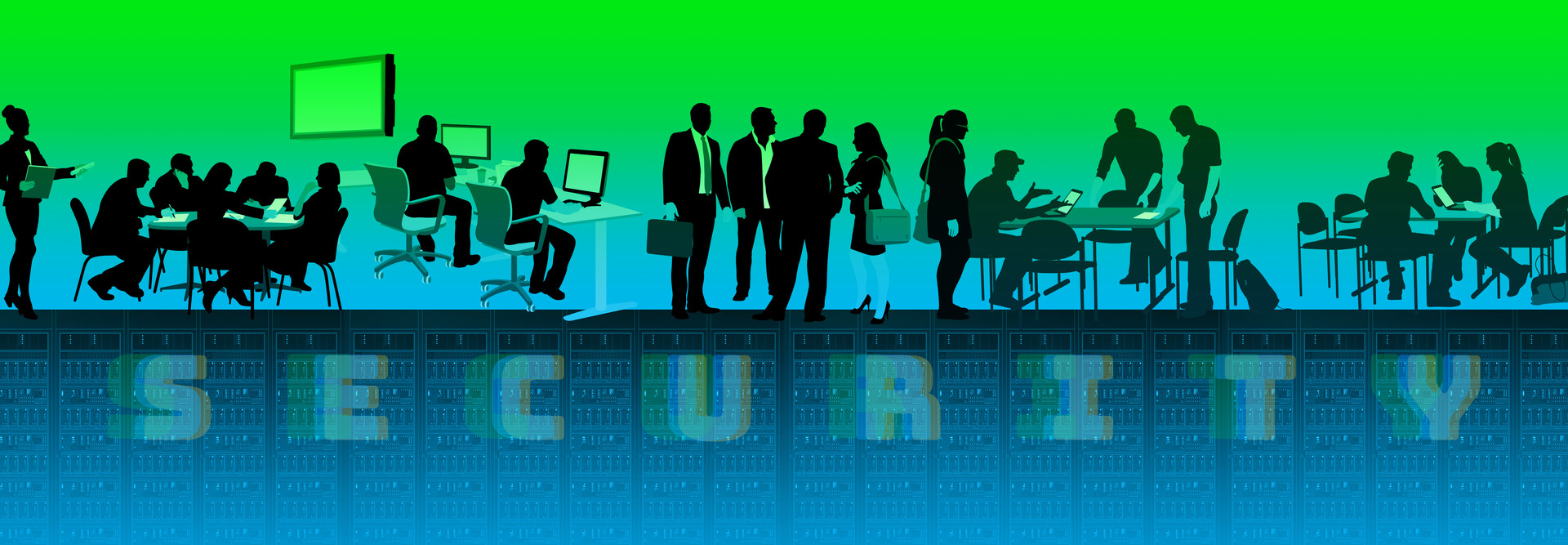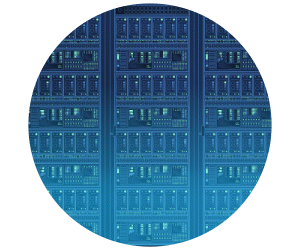Take a hard look at identity and access management solutions for strong protection. For example, the ForgeRock Identity Platform provides passwordless authentication via biometrics or private key cryptography, and the ForgeRock Identity Gateway bridges complex legacy systems and processes as well as new web applications and connected devices. Ensure IAM consistently enforces authorization across new and legacy apps, APIs and microservices.
Other important aspects of IAM are zero trust (to ensure that all users are authenticated and authorized prior to being given access to agency systems and resources) and two-factor authentication to add a layer of authentication and further bolster identity management. Technologies such as intrusion prevention and detection systems, firewalls and next-generation firewalls can help dictate who is allowed access to data center resources. Make sure government technologies can support the number of remote users anticipated in the future.
READ MORE: Here are three considerations when adopting hyperconverged infrastructure.
How to Modernize Your Agency's Network and Digital Infrastructure
Reputable vendors will have recommendations for modernizing your network. While several of the ones listed below will be well known to IT and security experts at government agencies, we will highlight some of the more important ones and those that might be overlooked.
Start by assessing network capacity: Does it provide the speed and reliability required for the distributed workforce of today and tomorrow? Double-check redundancy and failover mechanisms to ensure users have uninterrupted connectivity.
Fortinet recommends virtualization, among several other technologies and measures. The process of creating virtual servers from physical servers not only increases agility and flexibility, it can also effectively isolate applications from one another on the network, a measure that can protect data from being shared among across them or prevent the spread of malware or viruses that may infect other parts of the network. Virtualization helps the digital infrastructure to scale and enables administrators to manage the data center security and workflows remotely.












